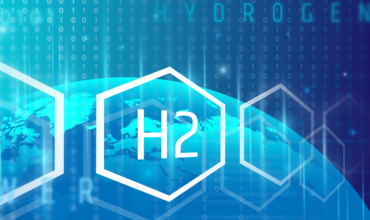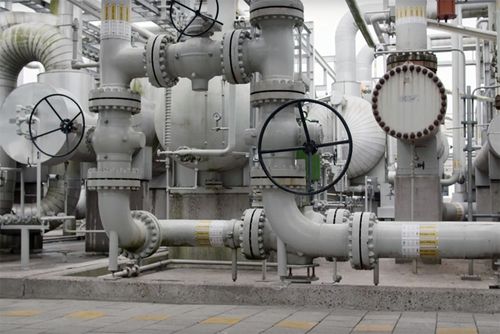Modern Hydrogen, previously known as Modern Electron, has completed an oversubscribed $32.8m Series B-2 funding round led by NextEra Energy.
Modern Hydrogen has completed an oversubscribed $32.8m Series B-2 funding round led by NextEra Energy, with strategic investors & partners Miura and National Grid Partners also participating, according to a news release.
Existing investors Gates Frontier, IRONGREY, Starlight Ventures, Valo Ventures and Metaplanet continued their participation and expanded their investments as part of the funding round.
Modern Hydrogen will leverage the investment to scale-up the capacity of its hydrogen production units. This will further accelerate decarbonization of gas networks and support distributed production of hydrogen, all without a reliance on new hydrogen pipelines or massive infrastructure upgrades. The capital will also be utilized to expand the company’s clean carbon material offerings and boost its global market presence via the partnership with Miura in Japan.
The company also announced the move away from its previous name, Modern Electron, to shape the new brand of Modern Hydrogen. This new identity reflects its commitment to innovation in the clean hydrogen economy. As Modern Hydrogen, the company will continue to provide the exceptional technology and products its customers have come to expect and will continue expanding offerings of clean energy and materials under the “Modern” umbrella.
The participation of NextEra Energy, Miura, and National Grid Partners in this funding round highlights their confidence in Modern Hydrogen’s vision and potential to clean up one of the largest sources of energy in human civilization today: Natural gas. These strategic investors bring a wealth of expertise in the energy, technology, and industrial equipment market, which will be invaluable as the company continues to scale and innovate.
“As a leading manufacturer of industrial boilers, our mission is to make it ‘actionable’ for our customers to decarbonize the heat. Among the various hydrogen production and transportation pathways, the clean hydrogen production at point of use from natural gas is unique, and bundled with our hydrogen-fired boiler, it will be a great solution to the customers who have limited access to clean hydrogen in the other pathways. Participating in the COP27 last year, I strongly felt the need for immediate climate action. Together with Modern Hydrogen, we will work toward hydrogen deployment as early as possible,” said Daisuke Miyauchi, president & CEO MIURA Co., Ltd.
“National Grid is mobilizing to help our customers reach net zero, and hydrogen plus renewable natural gas are key pillars of our strategy,” said Lisa Lambert, chief technology & innovation officer of National Grid and founder & president of National Grid Partners. “Modern’s technology could help our gas customers adopt clean hydrogen sooner by making low-CO2 hydrogen affordable onsite. Moreover, by pairing Modern’s pyrolysis technology with renewable natural gas in National Grid’s network, we have the potential to achieve negative emissions without the high cost of CO2 capture.”
“NextEra Energy Resources sees Modern Hydrogen’s potential to support the emerging hydrogen economy using technology that can provide clean hydrogen on-site, without liquefaction, transport or storage,” said Elena Bueno-Gonzalez, vice president, Clean Energy Solutions, NextEra Energy Resources. “In addition to our industry-leading wind, solar and battery energy storage portfolio, NextEra Energy Resources offers comprehensive decarbonization solutions, such as renewable natural gas and green mobility. NextEra Energy Resources believes that Modern Hydrogen will enable yet another exciting clean, cost-effective option for commercial and industrial customers.”
“There are 3 million miles of natural gas pipelines in the USA alone. And the delivered price of natural gas is much cheaper than that of delivered electricity, typically by a factor of 3 to 5 times,” explained Tony Pan, co-founder and CEO of Modern Hydrogen. “By stripping out the offending carbon atom from gas at the end of the pipe, before it has a chance to become CO2, Modern’s technology can deliver decarbonized gas – aka clean hydrogen – on location. Thus, Modern can deliver this hydrogen to the end consumer, without the decades and billions of dollars it would take to build out hydrogen infrastructure. Sidestepping the need for new pipes and transmission permits will be invaluable in achieving speed & scale in realizing the clean hydrogen economy.”
“Negative emissions technologies are required to meet humanity’s climate goals,” notes Modern Hydrogen Co-founder and CTO Max Mankin. “We can generate net negative emissions by applying our pyrolysis technology on carbon-neutral gases such as biogas. The solid carbon we pull out from the gas is directly weighed, so every ton of solid carbon we put into products and building materials are verifiable emissions captured, avoided, and utilized.”








